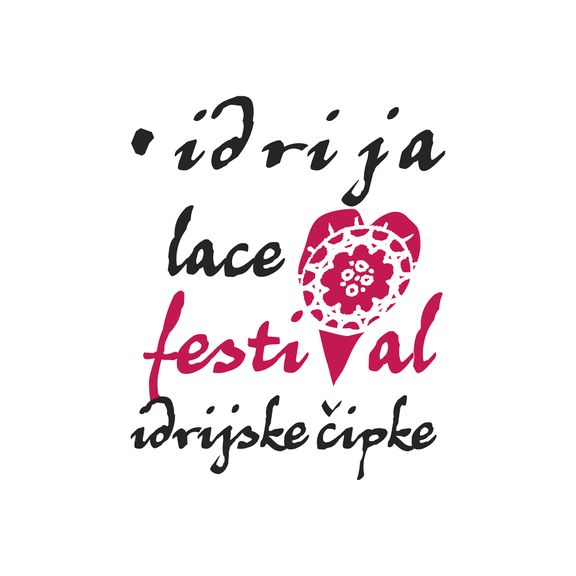Idrija Lace Festival
Background
The second oldest and largest mercury mine in the world (closed in 1995) has shaped the lifestyle and local economy. Bobbin-lace making was introduced into Slovenia from the Czech and German lands of the Austro-Hungarian monarchy more than 300 years ago; the first mention goes back to the year 1696. Idrija gradually developed its own techniques and design patterns. In 1876 a lace school was established and its activities achieved European dimensions. Lace was exported worldwide the same as mercury. During the last decade the Municipality of Idrija has encouraged the establishment of the Idrija Lace brand, supported by the Interreg programme.
Programme
In 2003 the opening ceremony included an international fashion show. During the festival a state lace making competition was held for children and adults, leading to the presentation of the Ivanka Ferjančič Award, supported by the EU Culture 2000 programme.
Exhibitions are held, mainly at Gewerkenegg Castle in Idrija. The 2003 Festival featured a travelling lace exhibition from Belgian Bevern, and 'Lace: Tradition in the Modern World', an exhibition of students of the Department of Textiles, University of Ljubljana. An exhibition of works from the Mercury International Bobbin Lace Competition was also presented, along with a display of lace prepared by students at a local lace making school. The festival also incorporated a competitive exhibition entitled 'Thematic lace', while at the Cafe Black Eagle the Triglav Split Society also staged its own lace exhibition.




